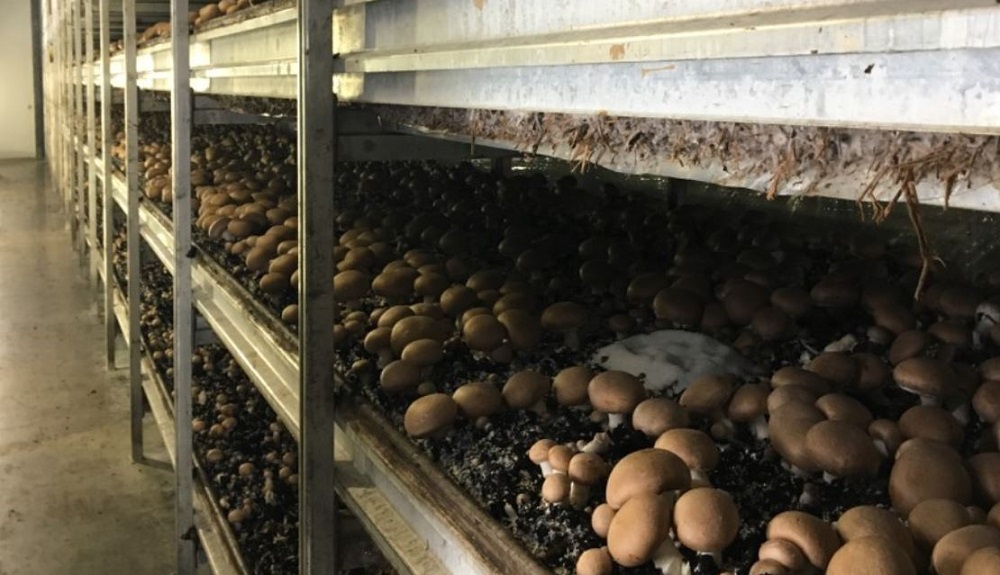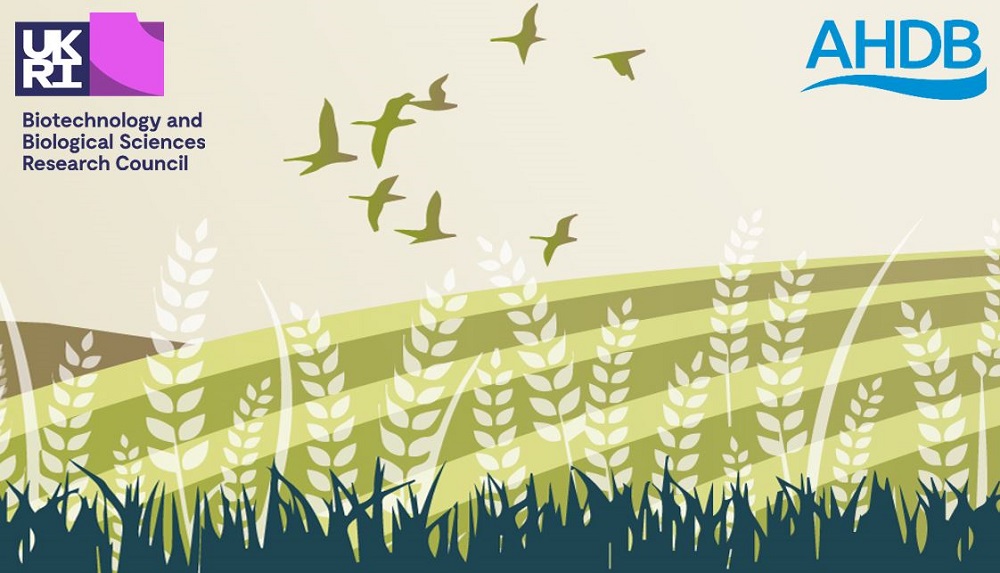- Home
- Knowledge library
- Use of chitinous biowaste streams as soil health amendments (AHDB/BBSRC net-zero partnership)
Use of chitinous biowaste streams as soil health amendments (AHDB/BBSRC net-zero partnership)
Summary
After cellulose, chitin is the second most abundant polysaccharide on Earth. Agriculturally, chitin-containing soil amendments have the potential to improve crop plant vigour, soil moisture retention, uptake of soil nutrients, induce plant defence mechanisms and increase soil suppressiveness against pests and pathogens.
Chitin can be applied to the soil as a pure product or organic composites, such as by-products from shellfish waste, spent mushroom substrate (SMS) or black soldier fly (BSF) frass and pupal cases.
Such by-products have huge potential in circular economies but the basis of their application requires thorough investigation to ensure optimal and safe usage.
The objectives of this project were to:
- Conduct a review of published and grey literature
- Conduct physico-chemical analysis of three chitinous by-products, namely a shellfish by-product compost, BSF by-product and SMS
- Investigate the legislative issues surrounding the application of chitinous soil amendments by food processors and environmental agencies
- Conduct knowledge exchange activities to improve general awareness of this approach.
Our review identified a significant body of work on chitin, chitosan (the deacetylated form of chitin) and chitinous by-products, in relation to different agricultural applications.
Chitin and chitosan have negative effects on plant pathogenic fungi, oomycetes and slime moulds, as well as insects and plant parasitic nematodes through direct effects, such as membrane disruption, and indirectly through interactions with the soil biota.
Additionally, there are further benefits, such as enhanced activity of soil microbes, plant growth promotion and removal of heavy metals.
Physico-chemical analysis of BSF by-product, SMS and composted shellfish indicated a significant level of organic matter and key nutrients for crop growth to be present, potentially reducing the reliance on synthetic fertilisers.
Additionally, the microbial content of these by-products will provide benefits to crops, as well as improving soil health by being incorporated into the soil microbiome.
Technical challenges are present to obtain an accurate assessment of the chitin content in these by-products, with inconsistencies in results obtained and ongoing breakdown of the chitin by microbial activity.
In terms of the future usage and application of by-products of shellfish waste, spent mushroom substrate and black soldier fly frass, it is anticipated that the legislative situation will alter with the implementation of new UK fertiliser product regulations, which are expected in 2023.
It is expected that these regulations will include more detailed specifications of the requirements for soil improvers and amendments, and organic fertilisers than the legislation that is currently applicable.
Currently, shellfish by-products and black soldier fly frass are classed as animal by-products (ABPs) and government guidelines need to be followed to provide a route to application on land.
Spent mushroom substrate (SMS) is classified as a non-meat food waste in the UK, and is subject to different regulations than shellfish or insect by-products.
In England, SMS has an exemption (called a U10 exemption) that allows its spread on agricultural land (maximum of 50 tonnes per ha per year) and in Scotland, the application of SMS to land is regulated by SEPA.
Risks regarding allergens present in chitinous by-products are primarily related to the handling of material prior and during processing and should be covered by a COSHH assessment to minimise any risk during handling, transport and processing (e.g. composting) as well as subsequent application to land. The allergen risk after application to soil and in food crops is very low.
In many ways, the application of chitinous by-products resonates with the circular economy, regenerative agriculture and the movement towards net-zero. There are, however, practicalities that need greater development to ensure optimal benefits. Equally, growers need to be fully informed of the legislation surrounding the use of these inputs.
AHDB/BBSRC net-zero partnership
*This project was part of an AHDB/BBSRC partnership that aimed to support the agricultural transition to net zero. Project costs were met through BBSRC’s Farm Sustainability Fund. The partnership supported ten projects that address priorities identified by farmers, including ways to cut greenhouse gas emissions and increase carbon storage.



